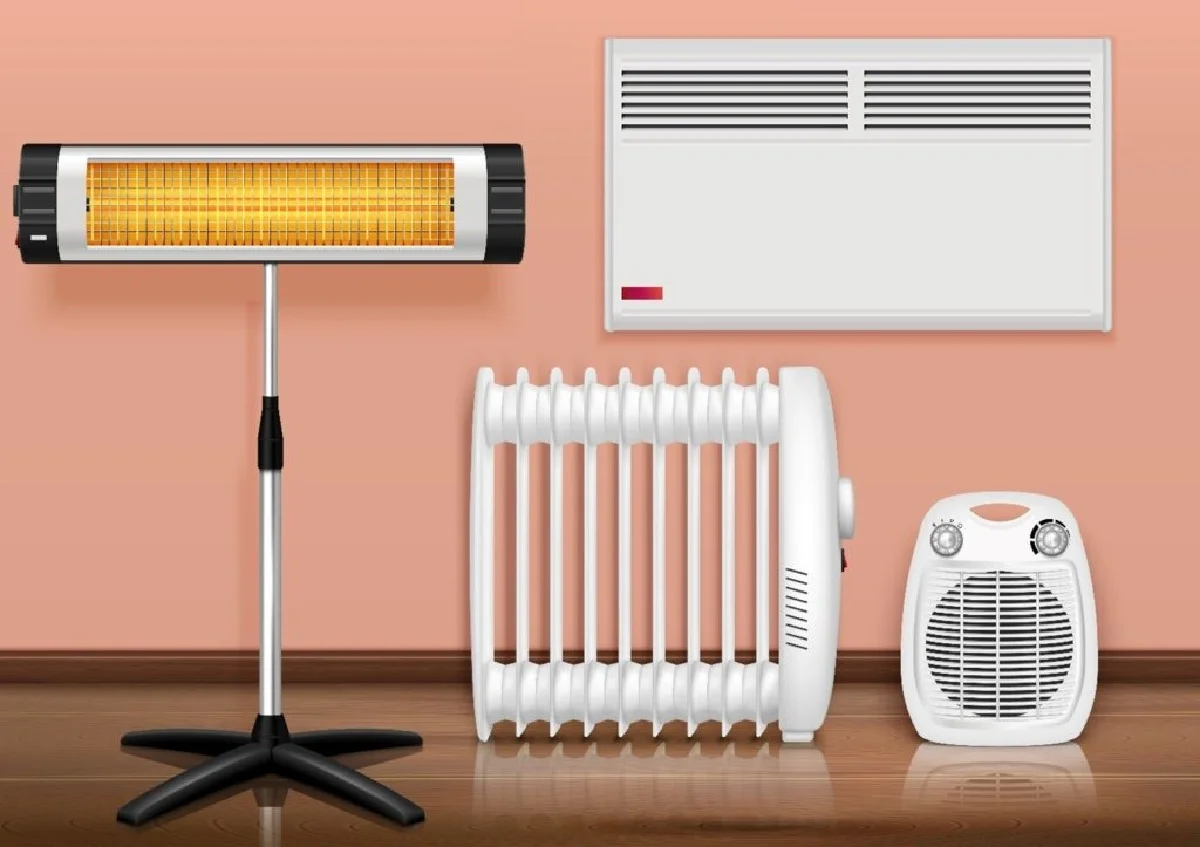1 Source Portable Air for Beginners
Table of ContentsThe Best Strategy To Use For 1 Source Portable Air1 Source Portable Air for Beginners1 Source Portable Air Fundamentals ExplainedThe 5-Minute Rule for 1 Source Portable AirThe Ultimate Guide To 1 Source Portable Air
Running prices are based upon a power cost of 40c/kWh. The costs for 3 months' usage in wintertime are based on 500 hours make use of, or roughly 6 hours per day for 3 months. Maximum warm output is based upon the maximum electrical power of the designs we have actually checked (we focus on greater wattage heating systems).
This depends upon what cost you're considering ahead of time acquisition, or running expense? Customarily, there are compromises with either choice. Typically, tiny fan heaters are cheaper to purchase, yet can have higher running prices. Oil column heaters will certainly be the least expensive on the market to run (typically) however only by a narrow margin in advance of convection heating units (like panel and micathermic panels).
1 Source Portable Air - Questions
If you have a relatively easy to fix ceiling follower, it'll aid spread the heat around the room a lot more equally. The versions in our electrical heaters test usually array in rate from well under $100 to over $900, yet we have actually discovered a greater price does not always imply much better performance. A number of pricey heaters have failed to excite our testers, while some cheaper versions create remarkably bargains.
As the name suggests, they emit warm from a heated home heating element (so the family members will have to take turns resting in front of it). Radiant heating systems are relatively low-cost.
Radiant heating systems generally set you back between $20 and $200. Oil-filled column heating units do not actually melt oil they utilize power to heat the oil that's sealed inside their columns or 'fins'.
The 7-Minute Rule for 1 Source Portable Air
Some column heating units aren't also oil-filled yet instead use other material or home heating modern technology to function similarly - 1 Source Portable Air. The danger of fire with an oil column heating system is low compared to other heating system kinds, yet never no. Oil heating units don't have subjected aspects like glowing heating units do, and their additional resources surface area temperature level is less than many other heating system types (their huge surface offsets it)
Oil column heaters won't explode, and while they don't melt their oil to produce warmth, it's still flammable, so there is a fire risk if the oil leakages, if the heater topple and leakages, or if combustible items or material enter contact or drop on the heating unit. You must exercise the same level of caution with oil heaters when it comes to various other heating unit types, and never ever hang towels or clothing over one to dry them make use of a drying out rack rather, at the very least one metre away.
Column heating units are particularly valuable in spaces where they'll be activated for lengthy periods of time or where they'll operate unattended, such as over night in a bed room. The surfaces you're most likely to touch on a column heating system don't get as warm as other kinds of electric heating systems. You can make use of a ceiling fan on really low rate to help the column heating system to distribute the heat quicker and more equally.
Oil-filled column heating systems typically set you back in between $50 and $450. Convection and panel heaters draw chilly air over an electrical home heating element.
1 Source Portable Air - Truths

Convection and panel heaters are extra portable than their oil-filled column heater counterparts since they're substantially lighter. Like a column heating system, you can utilize a ceiling follower on very low speed to distribute the warmth faster and extra equally.

The Basic Principles Of 1 Source Portable Air
Fan heating units are usually smaller and more portable than other electric heating units. They also are available in the type of tower fan heating units, which can be much better for distributing warmth around larger areas because of their taller profile. They can heat up the air in a space more swiftly, uniformly and quickly than a few other heating system kinds.
They can be fairly loud with the follower on full power, however are normally reasonably silent at reduced fan speeds. Fan heating units (ceramic or otherwise) generally expense in between $60 and $900. Ceramic follower heating units aren't always any different in rate to non-ceramic versions. A reasonably recent entrant into the consumer market, infrared heaters warm the room like the sunlight warms your face (without the UV rays so no threat of skin cancer cells). 1 Source Portable Air.